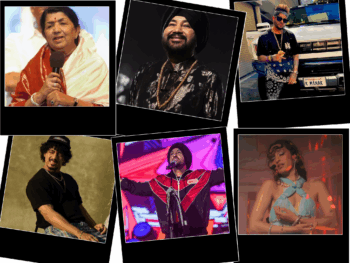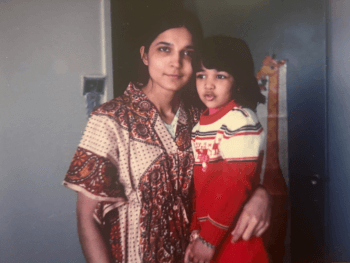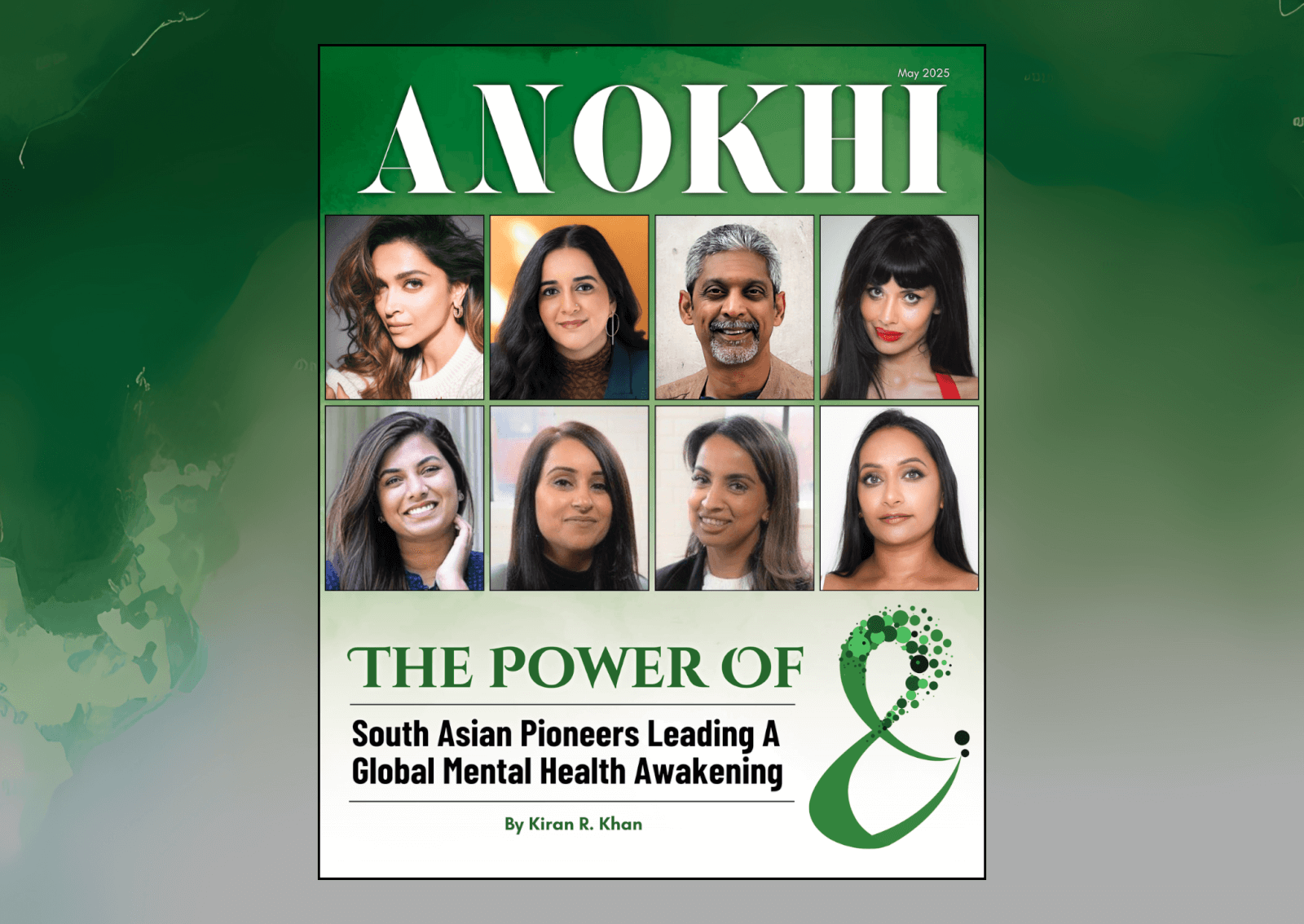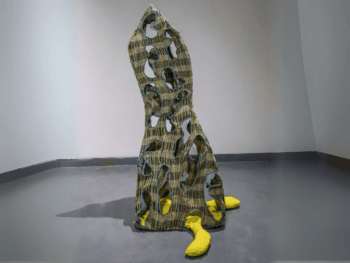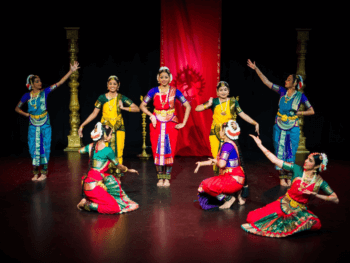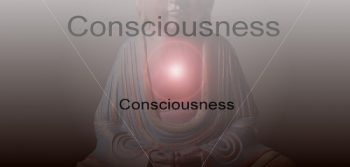
Understanding the intricate relationship we have with our ego and our consciousness.
“The moment you become aware of the ego in you, it is strictly speaking no longer the ego, but just an old, conditioned mind-pattern. Ego implies unawareness. Awareness and ego cannot coexist.” — Eckhart Tolle
We are all familiar with Sigmund Freud’s psychoanalytical personality theory which is made up of the id, ego and super-ego. According to his theory, the three parts make up the complex human personality. The id is present at birth, is unconscious and contains our instincts and primitive behaviors. The ego develops from the id, functions in both the unconscious and the conscious mind and contains our socially appropriate behaviours. The super-ego contains our sense of right and wrong that we acquire from our upbringing and society.
In our daily lives we are all faced with different situations that make up our own reality. How we interact with others and how we deal with circumstances is based on our perception of that reality. Consciousness is the awareness of this knowledge. It is the understanding of our ego vs. our self. It consists of acknowledging the fact that we are more than what we think we really are. It is built on this self-knowledge and is the result of courage not fear. This translates to higher levels of wisdom about self.
Our ego is our mind, the part of ourselves that engages with the world and identifies with others through our senses. It considers our existence to be limited to our five senses: smell, taste, sight, hearing and touch. It identifies self as separate and distinct from others. There is a sense of separateness in this way of thinking. In our society we are conditioned to be fear-based as a protective measure. This type of conditioning lacks wisdom and results in ignorance. The ego identifies with the mind and its various thought processes. It is always thinking of the past and the future but not the present. It uses stored memory to analyze a given situation instead of looking at it as if it is encountering it for the first time. This is how we prejudge people and situations based on a prior experience. The ego seeks happiness from external sources instead of seeking happiness from within. This makes it very hard to satisfy.
Consciousness, on the other hand, is the state of being aware. Awareness is the same as being in the present moment. When we are aware, we are focused on the now and what is occurring at that given moment. Sankhya philosophy, is one of the major “orthodox” (or Hindu) Indian philosophies and it is most related to the Yoga schools of Hinduism. This philosophy which forms the basis of Yoga philosophy states that awareness is made up of five different levels:
1. The physical level
2. The vital or breath level
3. The mental level
4. The intellectual / intuitive level
5. The bliss level
While practicing yoga, awareness is easily achieved on the first three levels. The forms and body postures brings awareness to the physical level. Focusing on breathing brings awareness to the vital or breath level. Focusing on our thoughts, feelings and emotions brings awareness to the mental level. The intuitive level and the bliss level are the deeper layers which are not easily accessible due to interference by the ego. The ego is conditioned to dwell on past experiences and focuses on the future without actually being able to be in the present and allow our intuitions to guide us to the bliss level. This can of course be attained through yoga and making conscious efforts by intentions to focus on the present and live in the now.
We can cultivate awareness and get past the ego by practicing mindful meditations and by developing the habit of creating intentions. This practice in itself can guide us to becoming conscious human beings instead of letting our ego-driven mind control and dictate our lives.
How To Practice Mindful Meditation
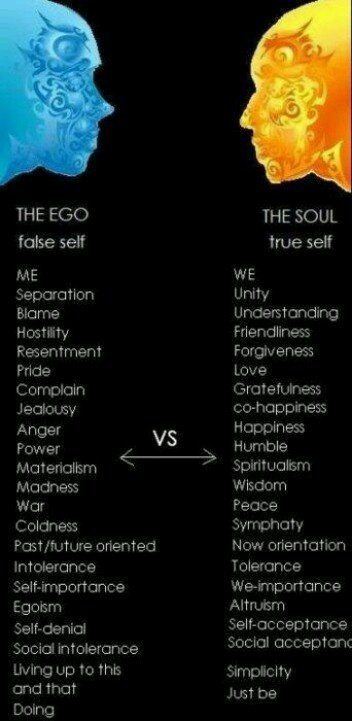
Cultivating the practice of mindfulness is key to acquiring peace and ultimately the level of bliss in our daily lives. It requires us to be present with ourselves and acknowledge this sacred space. The three basic parts that mindful meditation consists of are: Body, breath and thoughts. Try this practice of mindful meditation for five minutes and then increase it by five minutes each time.
Body: First find a quiet place without any distractions and noise. It can either be an entire room or a quiet spot in a place where you are comfortable that has no distractions. Sit down in a comfortable position and relax with your eyes open and fix your gaze on a spot.
Breath: Focus on your breaths as you breathe in and out naturally. Do not force or change your breathing but simply observe your breaths.
Observe your thoughts: It is natural that your mind will wander and thoughts will enter. The objective is not to clear the mind of all thoughts but simply to observe them and consciously bring your attention to your breaths and your state of relaxation.
Daily practice of mindful meditation will enable you to be present in the moment and become aware of what is already true moment by moment.
Main Image Photo Credit: http://andrewrenaux.blogspot.com
Dr. Shireen Fernandez, M.D.
Author
Physician & Founder of Dr. Shireen's Wellness Living, Dr. Shireen's Health Wellness Program™ redefines the concept of wellness through prevention, nutrition and non-invasive natural remedies.
She’s also the founder & CEO of
COMMENTS




































































